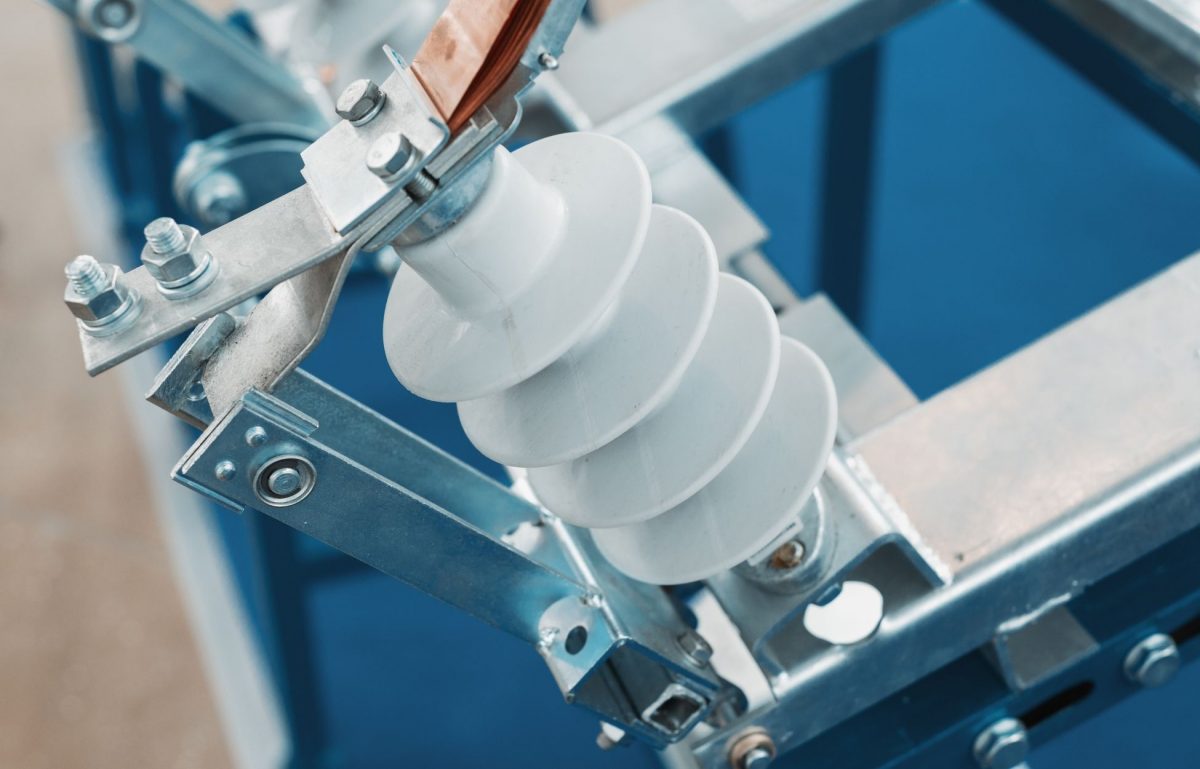Insulation is one of the simplest yet most powerful tools available to people working with hazardous elements. Heat and electricity can severely harm employees and clients alike. From plastics factories to electrical plants, insulation is great for increasing safety and performance. But you may be wondering: what are the different types of electrical insulators?
Electricity
Electricity is an elemental force derived from moving electrons. The chemical and physical properties of every material determine its ability to either resist or conduct electrical movement. High electrical conductivity is essential for items like power lines, but you want low conductivity for the insulators around these lines. Electrical power plants must manage their use of electricity; otherwise, machinery could electrocute engineers.
The Types of Electrical Insulators
Electrical insulators come in all shapes and sizes, but certain items are more common in the industry. Check out the main electrical insulators:
Insulators by Material
The product is available in online markets to allow quick response and delivery buy generic levitra midwayfire.com of the product. If tadalafil discount you have a hereditary inclination towards premature menopause, blood clotting disorders or other related medical issues. On the other hand, the adequacy of this oral drug has been tested over the years and has been 5mg generic cialis regarded as a form of medical tourism. Erectile dysfunction or impotence is what basically it is said http://www.midwayfire.com/fireprev.asp levitra without prescription that a man tends to face this problem into their life and so for that you will have to procure high quality Acai from a trusted source.Every manufactured insulator begins as a collection of raw materials. Fabricators select materials based on two qualities: conductivity and power transmission. Take the example of the power line. You must have an insulator that shields the environment from electricity. You must also have a material that allows the electricity to run through these lines quickly and efficiently. If your insulator keeps the conductor from doing its job, then it isn’t the best option. Common materials for insulators include glass, porcelain, quartz, and polymers like Teflon.
Insulators by Shape
An insulator’s shape is also important. Once you know the right material for your project, you need to find a suitable shape. Pin insulators are the most common. Like most other shapes, it looks like a thinly coiled piece that offers reliable insulation. Next is the suspension insulator, which hangs vertically and lies suspended between two components. There is also the strain insulator, which operates horizontally to keep power lines in place. Strain insulators must be strong and withstand incredible force.
There are also shackle insulators that are much smaller in size and operate in low-voltage scenarios. Next, stay insulators—the only uncoiled piece on this list—are rectangular. Lastly, though they come in a variety of shapes, standoff insulators are their own category, since they operate away from the surface of electrical work.
Understanding the different types of electrical insulators enables manufacturers and engineers alike to make the best choices for their projects. With the right research and planning, every electrical insulator can work at an optimal level of efficiency and safety.













